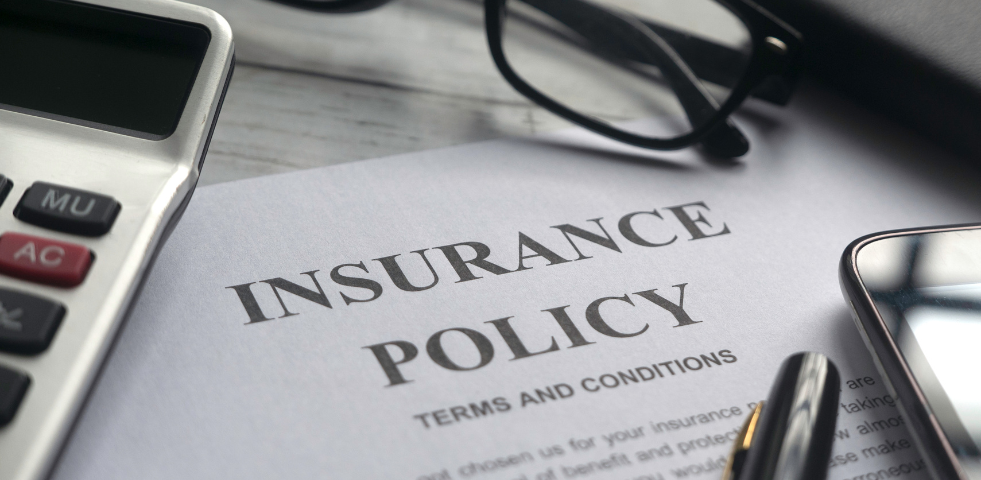Several years ago, cyber insurance was just an add-on to larger policy discussions, but with the rise of malicious online attacks, it’s jumped to the forefront and has become one of the most expensive policies under a company’s insurance coverage. Here’s how to ace your application and get the best rates.
Cybercrime is a multibillion-dollar industry. Even with careful security measures in place, it remains a constant struggle for businesses to stay one step ahead of hackers looking to extort them. Phishing emails, malware, security breaches, network security issues, and computer system breakdowns are just a few examples of the kinds of cyber risk that can cause serious liability or revenue loss. That’s why proper cyber liability insurance remains a vital risk-transfer tool for organizations of all sizes.
For businesses attempting to acquire cyber insurance, the application process itself can be daunting. Application forms aren’t standard and can be very complex — what used to be a seven-question application has evolved over the last few years into a multi-page document broken out into various categories. Truth be told, it can read less like an application and more like an audit questionnaire. (Check out a sample cyber insurance application here.)
Insurers want to be as thorough as possible when evaluating an organization’s cybersecurity infrastructure and deciding their level of risk. They depend on the detail contained in the application to determine how well the people, processes, and technology can protect and respond to cyber threats. Any vagueness or incorrect information can create major issues later on if (or when) a claim is filed.
If you’re planning on applying for cyber insurance, it’s important to identify your company’s cyber risks prior to submitting the application. Specifically, insurers will ask for:
- The basics — What industry you operate in, as well as how much and what type of information your organization stores, processes, and transmits. In addition, underwriters want to see how you manage data security and who oversees cyber-related matters.
- Information security — Do you have a formal program in place to test and audit security controls? Underwriters also typically look to see if you have basic controls in place, including firewall technology, anti-virus, and intrusion detection software.
- Breach history — Have you been breached before? Is the data you house vulnerable? How effective are your data security techniques moving forward?
- Data backup — Underwriters want to know if you back-up all your valuable data on a regular basis, if you utilize a redundant network, and if you have a disaster recovery plan in place.
- Company policies and procedures — What type of cybersecurity and incident response policies do you have in place? For example, how do you handle password updates, the use of personal devices, and revoking network access to former employees?
- Compliance with legal and industry standards — Failing to comply with cyber-related legislation can be incredibly costly, and insurers want to know how you handle compliance. Specifically, whether you are compliant with applicable regulatory frameworks, are a member of any outside security or privacy groups, or utilize out-of-date software and hardware.
Although the cyber insurance application is more rigorous than most insurance applications, you can secure the best rate by doing your due diligence and prepping ahead of time. Being honest about the risks and vulnerabilities your company may face from cyber threats will also help you get the right policy coverage.
Need help applying for cyber insurance or meeting specific criteria? Talk to an expert at Greentree today!
Share this Post

